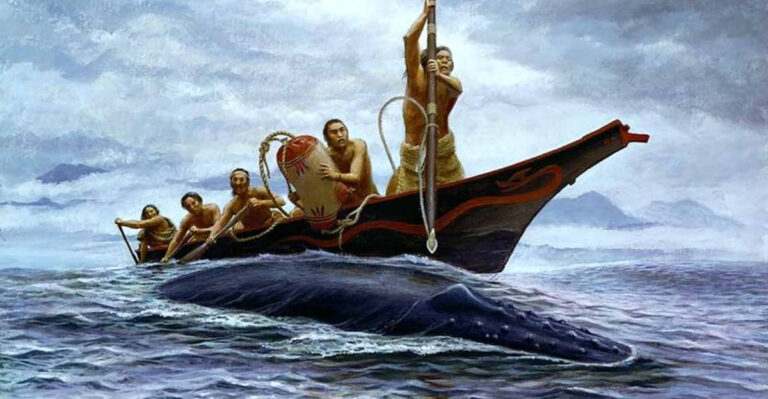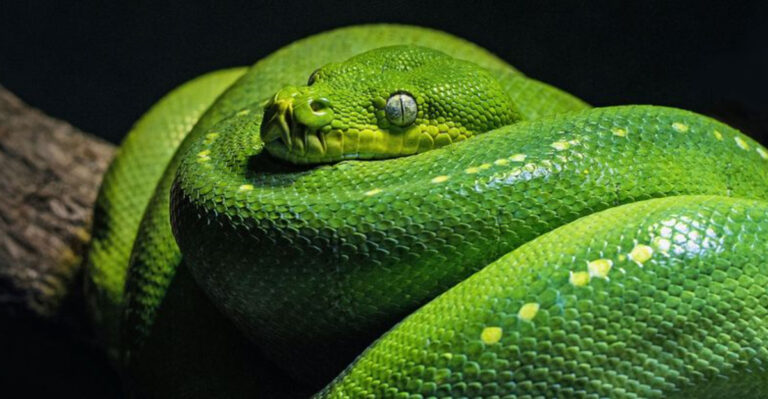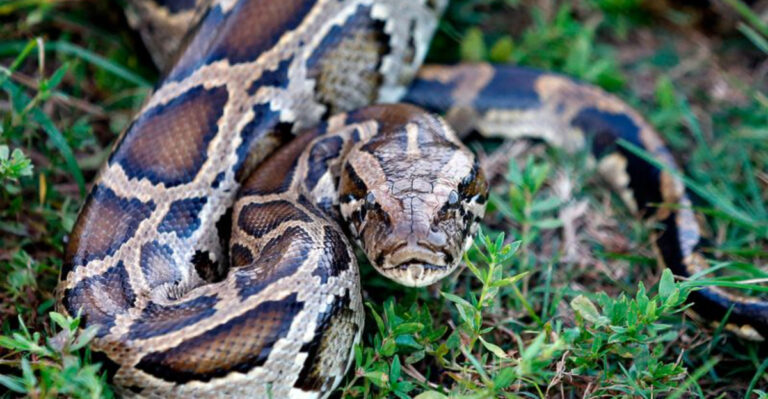The Future Of Big Cats In A World That’s Changing Rapidly
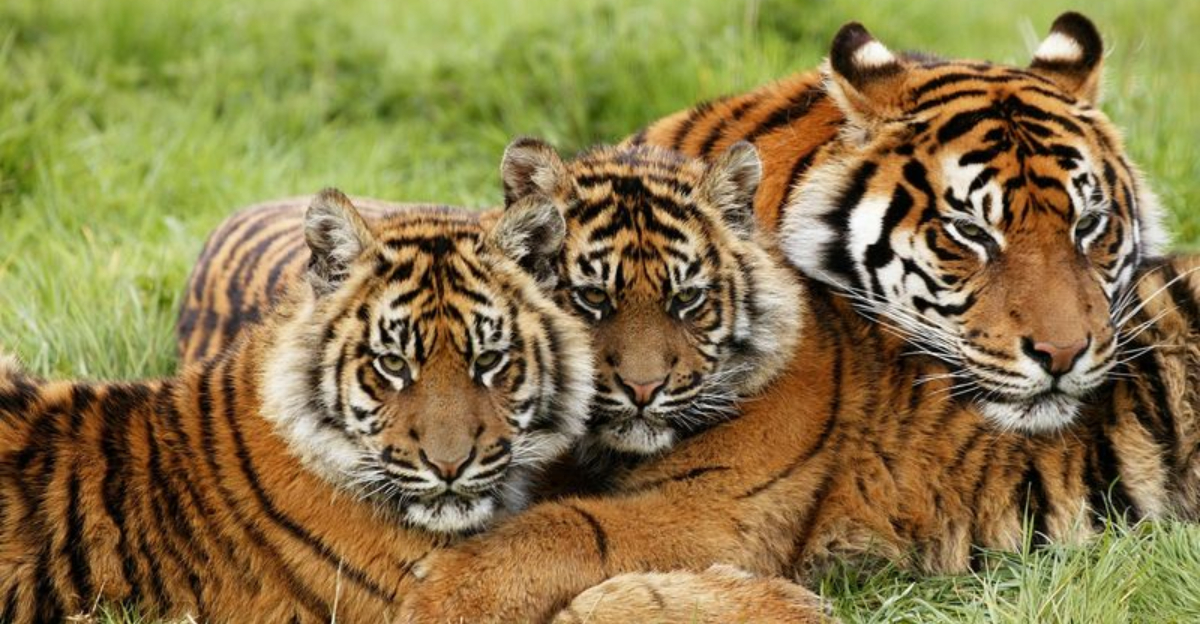
Big cats are facing a survival crisis unlike anything they’ve encountered before. These magnificent predators, from tigers to snow leopards, are up against shrinking wild spaces, climate shifts, and human pressures that threaten their very existence.
What happens to these iconic animals in the coming decades will depend on how quickly we act to protect them.
1. Shrinking Habitats Are Pushing Big Cats To The Brink
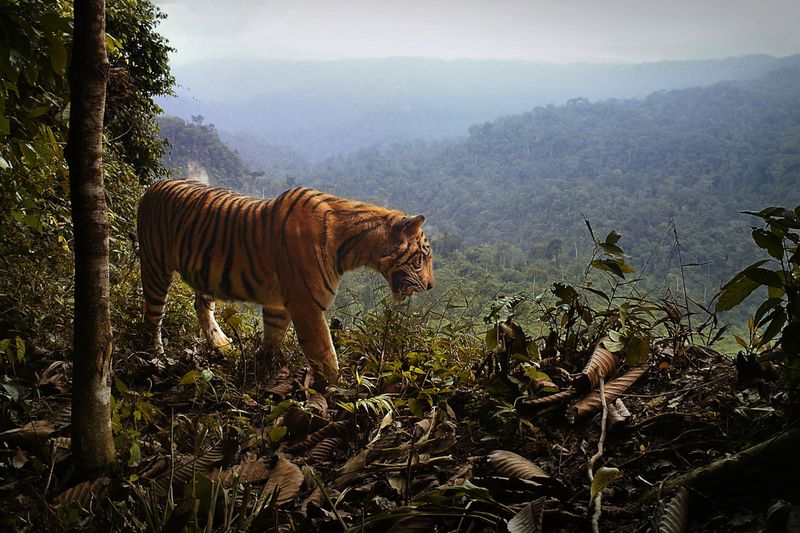
Wild spaces for big cats are vanishing at alarming rates. Every day, forests fall to make way for farms, roads, and cities, leaving these territorial hunters with nowhere to go.
Lions have lost 94% of their historic range, while tigers occupy just 7% of the lands they once roamed. Without enough territory to establish hunting grounds, these magnificent predators face starvation or deadly conflicts with humans.
2. Climate Change Is Altering Prey And Territory Patterns
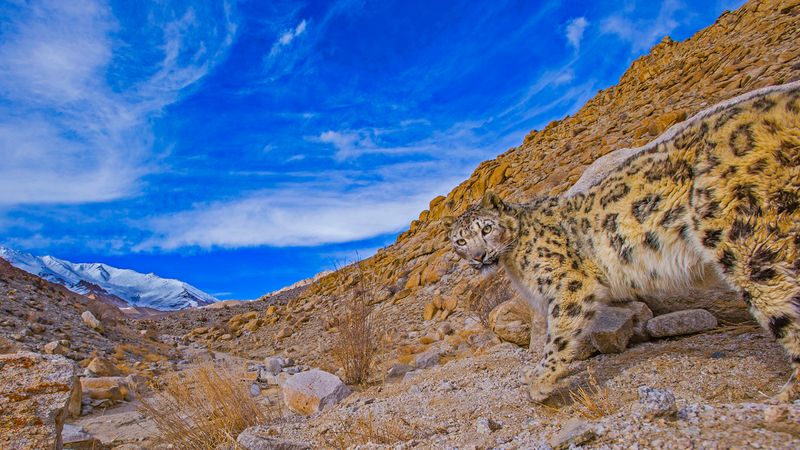
Rising temperatures are reshaping where big cats can live and what they can eat. Snow leopards face melting mountain snowlines, pushing both them and their prey higher into shrinking alpine zones.
Drought in Africa means lions must travel farther between water sources, increasing energy costs and territorial disputes. Many species now find themselves hunting in unfamiliar conditions with unpredictable prey movements, testing their legendary adaptability like never before.
3. Poaching And The Illegal Wildlife Trade Continue To Threaten Populations
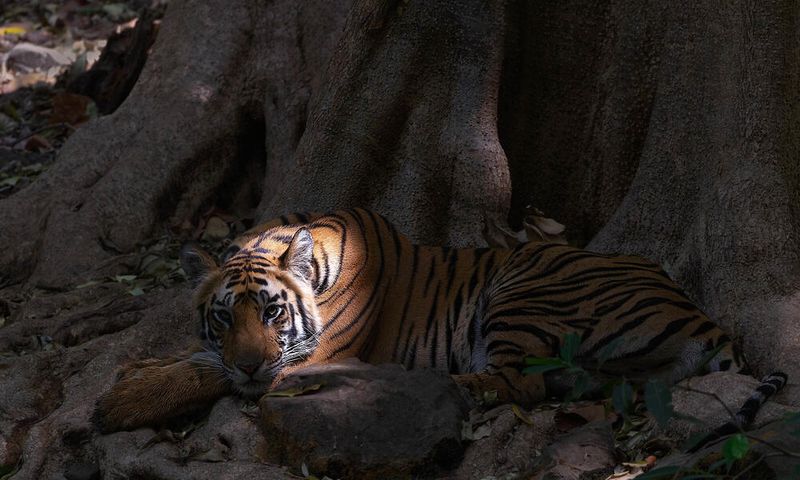
Money drives the killing of these majestic creatures. A tiger’s body parts can fetch up to $50,000 on black markets, fueling an underground industry that claims hundreds of big cats annually.
Criminal networks operate with sophisticated methods, outpacing enforcement efforts in many regions. Despite international protection agreements, the demand for bones, skins, and organs used in luxury goods and unproven medicines continues to drain wild populations of their future.
4. Human–Wildlife Conflict Is On The Rise
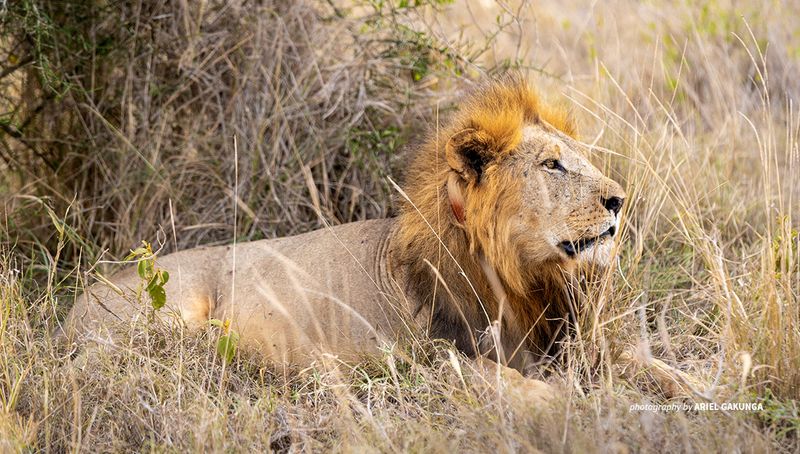
Hungry leopards sometimes take livestock when natural prey becomes scarce. For struggling farmers, the loss of even one goat can mean financial disaster, leading to retaliatory killings.
Communities living alongside big cats face real dangers too. In India alone, hundreds of people die yearly in tiger encounters. Finding balance requires innovative solutions like predator-proof corrals, compensation programs, and warning systems that allow people and predators to share landscapes safely.
5. Some Species Face Total Extinction Within Decades
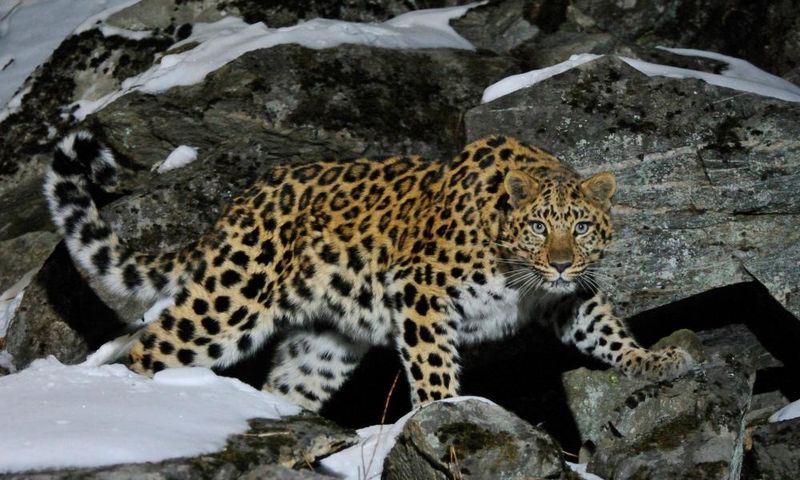
The Amur leopard clings to existence with fewer than 100 individuals left in the wild. These critically endangered cats face a genetic bottleneck that threatens their long-term survival.
Florida panthers numbered just 20 animals in the 1970s, showing how quickly a population can collapse. Without emergency conservation measures, several big cat species could vanish completely within our lifetimes, leaving only photos and stories for future generations.
6. Protected Areas Offer Hope – But Only With Proper Management
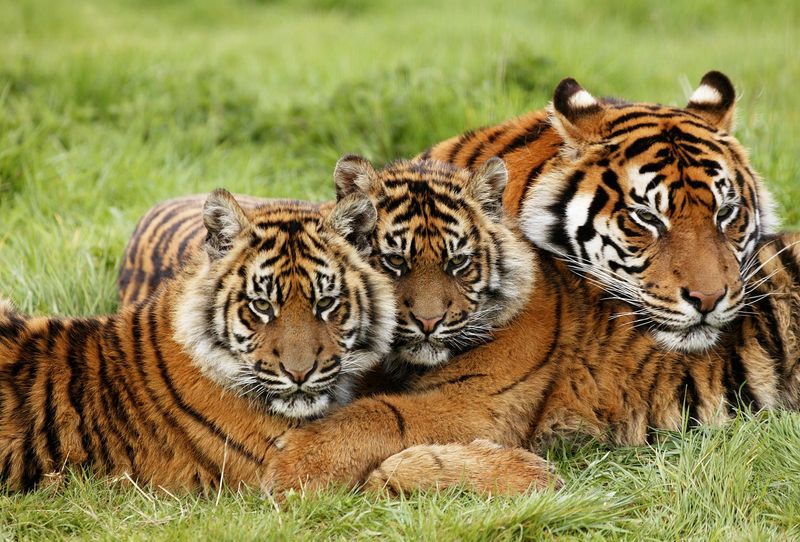
National parks serve as lifelines for big cat populations worldwide. In India’s Ranthambore Reserve, tiger numbers have rebounded thanks to dedicated ranger patrols and tourism revenue.
Yet many protected areas exist only on paper. Rangers often lack basic equipment, training, and sufficient numbers to patrol effectively. The most successful reserves combine strong enforcement with community involvement, creating sanctuaries where predators can thrive while benefiting local economies.
7. Community-Based Conservation Is Proving Effective
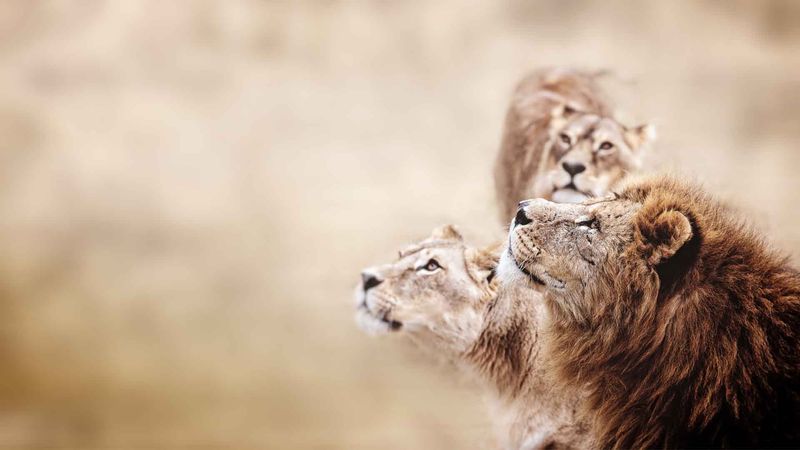
Local people are becoming champions for cats they once feared. In Namibia, former hunters now work as lion guardians, using their tracking skills to monitor prides and prevent livestock attacks.
Masai communities in Kenya receive tourism income by protecting lions rather than killing them. This approach recognizes that conservation succeeds when people benefit from living alongside wildlife. Traditional knowledge combined with modern science creates powerful partnerships for protecting big cats.
8. Technology Is Revolutionizing Big Cat Monitoring
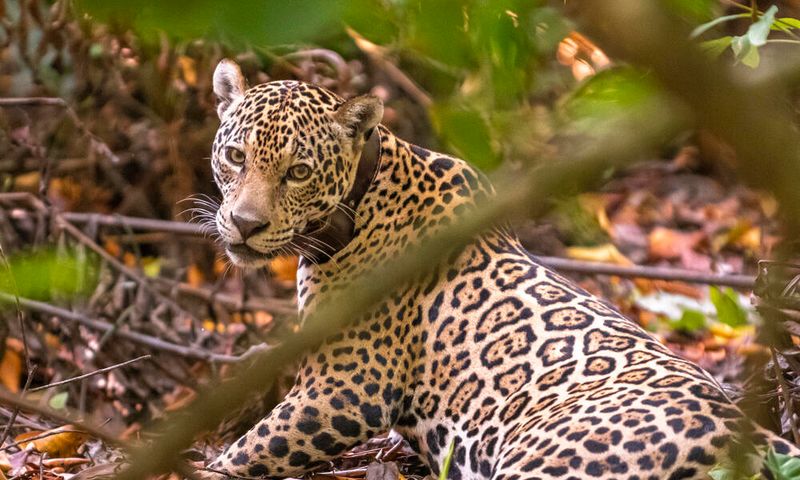
Smart collars now reveal secrets of big cat lives never before witnessed. Scientists track jaguars through dense rainforests using GPS technology that transmits location data via satellite.
Camera traps capture millions of images yearly, processed by artificial intelligence to identify individual tigers by their unique stripe patterns. DNA analysis from scat samples reveals population health without ever disturbing the animals. These innovations allow conservationists to make data-driven decisions about protecting remaining populations.
9. Big Cats Are Cultural Icons – And That Could Save Them
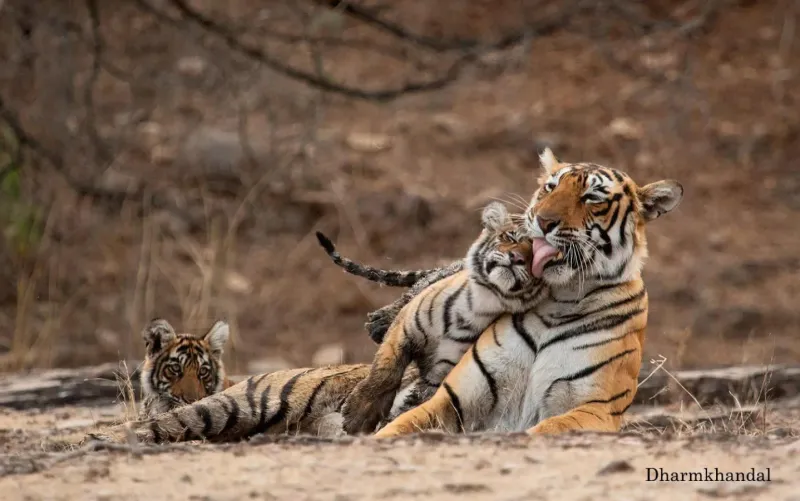
Across cultures, big cats symbolize power, courage, and majesty. From ancient Egyptian sphinx statues to modern sports logos, these animals capture human imagination like few others.
This cultural significance translates into conservation action. When India made the tiger its national animal, protection efforts increased dramatically. Celebrity-backed campaigns raise millions for conservation projects. By leveraging this special connection, conservationists hope to mobilize global support before it’s too late.
10. Captive Breeding Programs Play A Complex Role
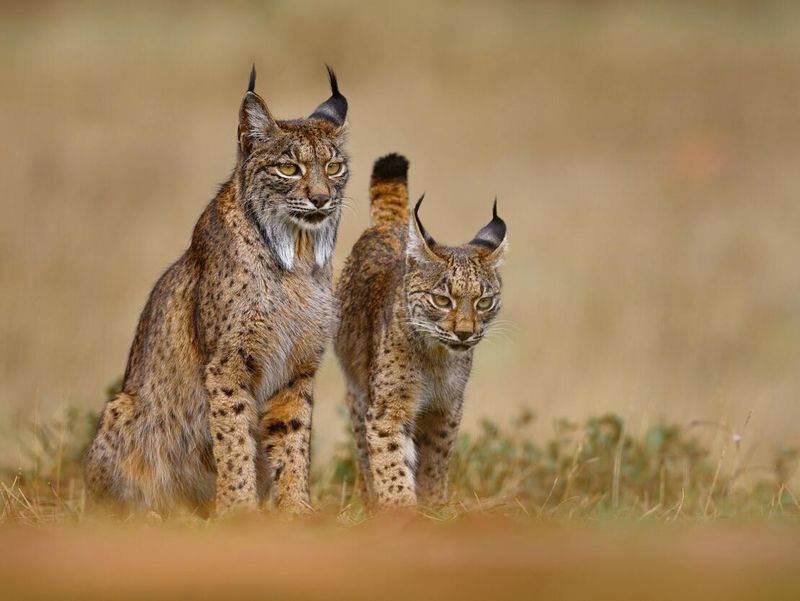
Zoos maintain insurance populations of endangered cats. The Iberian lynx was saved from extinction when captive-bred animals were released into carefully prepared habitats in Spain.
However, ethical questions remain. Many facilities provide inadequate space for these wide-ranging predators. True conservation success happens only when captive breeding connects to wild population recovery. The best programs focus on maintaining genetic diversity while preparing animals for potential reintroduction.
11. Rewilding And Reintroduction Offer A Glimpse Of Recovery
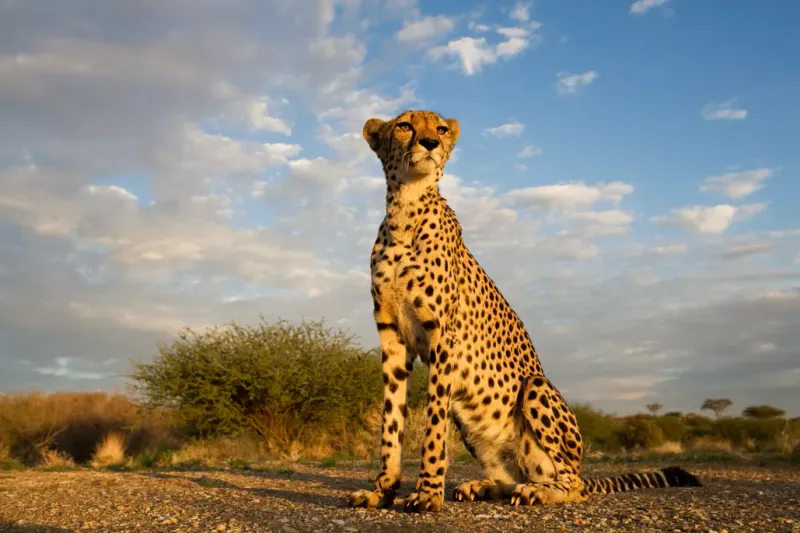
Cheetahs have returned to India after 70 years of absence. This ambitious project aims to restore a predator that once roamed widely across the subcontinent, bringing ecological balance back to the grasslands.
Similar efforts in Africa have seen lions reintroduced to Rwanda’s Akagera National Park. These projects require immense planning, habitat preparation, and community support. When successful, they demonstrate that extinction isn’t always permanent and ecosystems can heal with human help.
12. Their Fate Is Tied To Ours
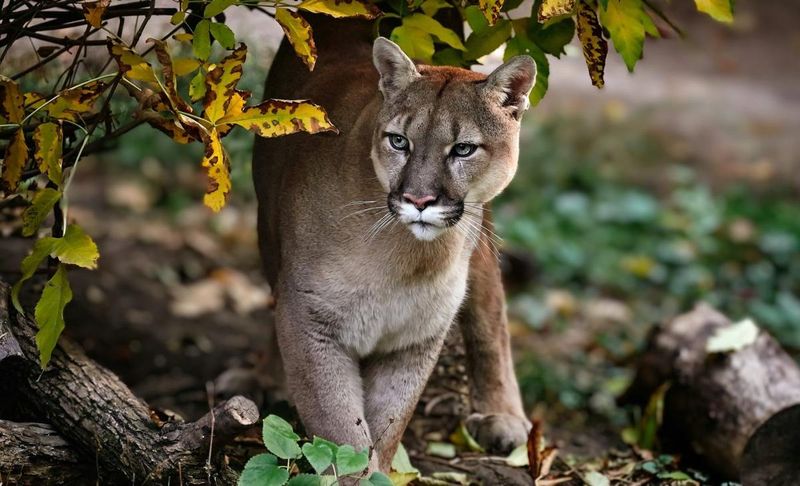
Big cats regulate entire ecosystems through predation. When tigers disappear from forests, deer populations explode, damaging vegetation that prevents erosion and stores carbon.
Healthy big cat populations indicate functioning wilderness that provides clean water, air, and climate stability for millions of people. By protecting these magnificent predators, we safeguard our own future. Their survival represents a test of our willingness to share Earth with creatures both powerful and vulnerable.


